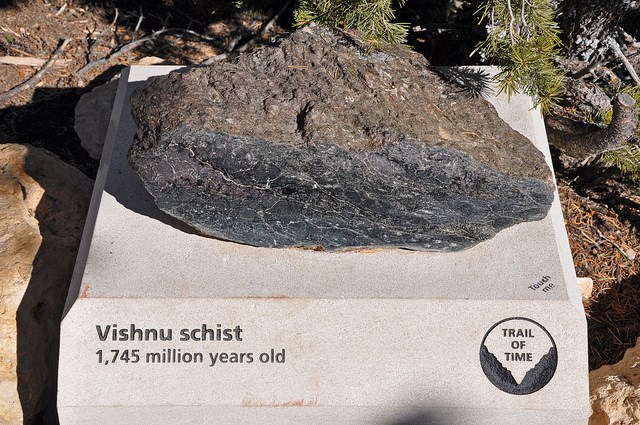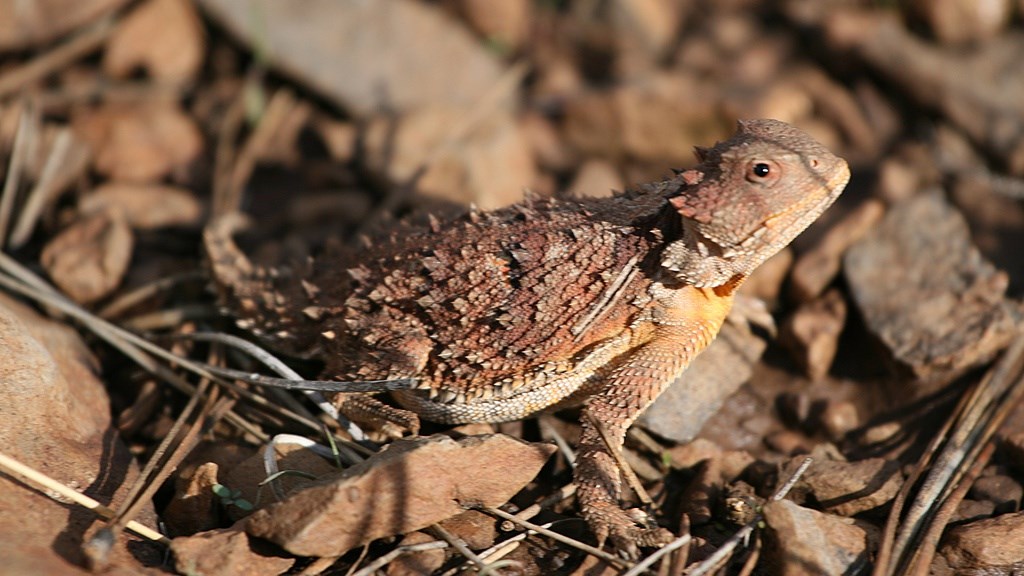Arizona is home to one of the Seven Wonders of the Natural World - the Grand Canyon National Park. The Grand Canyon is essentially a river valley in the Colorado Plateau. It was formed from the erosion of the Plateau due to its arid climate and was carved out from the cutting action of ice formations in the Colorado River.
The Grand Canyon also proves to be a significant geological site. The Vishnu Schist, a basement rock found in the bottom of the Grand Canyon, is believed to be almost 2 billion years old.
 |
| (Image source: National Park Service) |
Fast Facts:
- It is 446km long
- Its maximum depth is 1.8km
- It is 29km at its widest point
- It was declared as a National Park in 1919
The Grand Canyon National Park has two known regions. They are called the South Rim and the North Rim.
The South Rim
There is already a good number of lodging in the South Rim.
There are also camping grounds located inside the park that offers camping
opportunities for guests all year round but an overnight camping requires
authorization from the Backcountry Office.
There are free shuttles you can take that offer the
sightseeing in the South Rim. When you get to the Canyon View Information
Plaza, choose among the free shuttles going to the following routes:
1. The Village Route explores the areas that are already
well-developed. This includes the Grand Canyon Village, the Visitor Center,
various viewing points, and hotels and restaurants.
2. The Hermit Rest Route gives you about 8 miles of the
scenic route of the South Rim. It has nine stops for canyon overlooks. It is
also a good trail for walking and cycling. It is currently closed to private
vehicles until November 30, 2018, due to road constructions.
3. The Kalibab Trail Route drives to Yaki Point and to the
South Kaibab Trail, a dangerous, descending trail that is advised for fit and
experienced hikers only.
This region of the canyon is near the border of Utah. It is
more challenging to reach the North Rim than the South Rim that is why it gets
fewer visitors. It is far from freeways and there are no airports nearby. It
requires a four-hour drive from the South Rim. It only opens to visitors from
mid-May to mid-October every year because of heavy snowfall in winter.
The North Rim only has three major viewpoints: the Cape Royal, Point Imperial and the Bright Angel Point.
The Cape Royal offers the widest view of the Grand Canyon. It is located at 8,000 feet and in the southernmost of the North Rim.
Port Imperial is the highest viewpoint in the park. It is situated at 8,803 feet. It is eleven miles away from the Visitor Center.
Bright Angel Point or Angels Window gives you a glimpse of the Colorado River. From the visitor area, Angels Window can be easily reached through a paved walkway.
The North Rim only has one campground but there are other campgrounds located outside the park.
Mule rides are also offered in the North Rim. Mules carry visitors down canyon trails. Experienced wranglers guide the mules throughout the one to three hours ride.
PLANT AND WILDLIFE
 |
| The Pondesora Pine. Image Source: Grand Canyon Natural History |
Plant life is abundant in the Grand Canyon, especially near
the Colorado River.
The South Rim is the lushest region of the Canyon. A forest
of Pondesora Pine, long-needled pines that grow up to 160 feet in moist
mountains, stretches across the Rim.
The North Rim which is in higher altitude support other species of plants and animals that need cooler climate. Oak trees, aspen, maple, and birch are among the trees that can be seen on the North Rim.
Some of the plants and wildflowers you can see in the Grand Canyon are the following:
- Coyote Willow
- Catclaw Acacia
- Sagebrush
- Ocotillo
- Arrowweed
- Western Honey Mesquite
- Seep Willow
- Yarrow
- Evening Primrose
- White Violet
- Globe Mallow
- Red Columbine
- Palmer Lupine
- Watercress
- Rocky Mountain Iris
Birds
The Grand Canyon is home to a more than a hundred species of birds. In fact, it was dedicated as a Global Bird Area in 2014 because of its role in protecting hundreds of bird species.
 |
| The California Condor is the largest land bird in North America. |
- The Bald Eagles
- Golden Eagles
- Red-Tailed Hawks
- Blue Jays, Ravens
- Wild Turkeys
- Turkey Vultures
- California Condors
- Peregrine Falcon
- Riparian Birds
- American Dipper
- Southwestern Willow Flycatcher
Mammals
About 90 species of Mammals dwell in the Grand Canyon.
 |
| The Kaibab Squirrel inhabits the North Rim of the Grand Canyon |
- Bats
- Squirrels
- Raccoon
- Bobcat
- Gray Fox
- Mountain Lion
- Beavers
- Mice
- Mule Deer
- Bighorn Sheep
- Cotton Tail Rabbits
- Ringtail Cats
- Bison
- Hog-nosed Skunk
Reptiles
More than 40 species of reptiles can be found in the park.
 |
| The short horned lizard. Image Source : National Park Service |
- Chuckwalla Lizard
- Short-Horned Lizard
- Salamanders
- Toads
- Grand Canyon Rattler
- Diamond Back Rattler
You can take guided tours from well-versed tour guides if you want to learn more about the plant and animal life in the Grand Canyon.
There are two other Rims to visit in the Canyon where popular spots can be seen. They are called the Grand Canyon East and the Grand Canyon West. However, they are not part of the Grand Canyon National Park.





